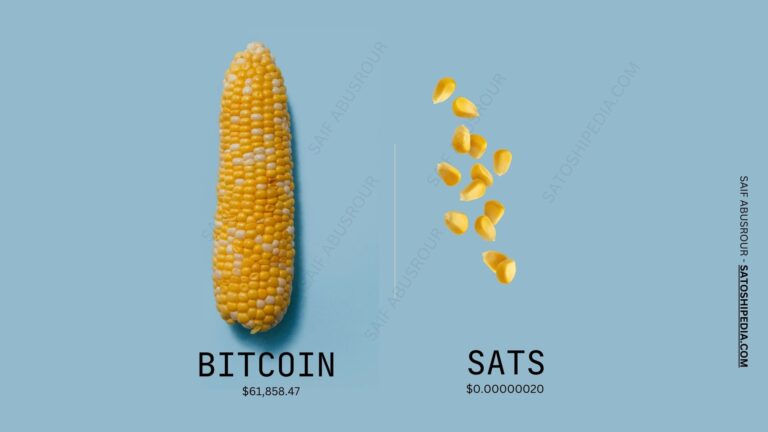In the world of blockchain and cryptocurrencies, the terms “hard fork” and “soft fork” are crucial concepts that can influence how a cryptocurrency operates and evolves. But what exactly do these terms mean, and why should you care? Let’s break it down in a way that’s engaging and easy to understand.
What is a Fork?
Imagine you’re playing a video game with friends, and you all decide to update the rules halfway through. This change can go two ways:
- Hard Fork: This is like completely rewriting the game rules. If some players stick to the old rules and others adopt the new ones, you essentially end up with two separate games. Each group can no longer play together, and each game has its own unique identity and rules.
- Soft Fork: In this scenario, you might just tweak some of the rules a bit while keeping the core gameplay intact. Everyone can still play together, but those who adopt the new rules have some added features or advantages.
These examples illustrate how blockchain networks can evolve: either through a hard fork that creates a new version of the cryptocurrency or a soft fork that allows everyone to stay connected while introducing some updates.
Why Forks Happen
Forks usually occur for several reasons:
- Upgrades and Improvements: Developers may want to add new features or fix vulnerabilities. For instance, if a major security flaw is found, a soft fork might be implemented to address it without creating a split.
- Community Disagreement: Sometimes, disagreements within the community arise about the direction of the project. A hard fork can result when part of the community wants to go in a different direction, leading to the creation of a new coin. A famous example is Bitcoin and Bitcoin Cash, which split due to differing views on scalability.
- Experimentation: Forks can also serve as a way to experiment with new ideas or technologies. Developers may wish to test something radical without disrupting the main network.
Key Differences
- Compatibility:
- Hard Fork: Not compatible with the old version. If you don’t upgrade, you can’t interact with the new version.
- Soft Fork: Compatible with the old version. Everyone can still play together, even if some adopt new features.
- Network Effect:
- Hard Fork: Creates two distinct communities and can dilute the original coin’s value if the new fork gains traction.
- Soft Fork: Maintains a single community, often leading to a more stable value since everyone remains on the same network.
Why This Matters
Understanding hard and soft forks is essential for anyone interested in the cryptocurrency world, especially if you’re considering investing. Here’s why:
- Investment Decisions: When a hard fork happens, the value of the original coin can be affected. Knowing the implications of a fork can help you make informed decisions about your investments.
- Community Engagement: Being part of a cryptocurrency community means understanding the discussions and debates that shape its future. Awareness of forks helps you engage meaningfully.
- Technological Insight: As blockchain technology evolves, forks are a reflection of innovation and progress. Understanding these changes can inspire you to think creatively about future applications.
- Risk Awareness: Forks can sometimes lead to volatility. By understanding the nature of forks, you can better assess the risks involved in investing or participating in a cryptocurrency.
Conclusion: Your Journey Ahead
As a 20-year-old navigating the ever-changing landscape of cryptocurrency, expanding your knowledge about concepts like hard and soft forks will not only make you a more informed investor but also empower you to engage with a community that is shaping the future of finance.
Key Terms to Remember
- Fork: A change in the blockchain protocol.
- Hard Fork: A radical change that creates a new version of a cryptocurrency.
- Soft Fork: A backward-compatible change that keeps the network unified.
- Community: The group of users and developers that support a cryptocurrency.
By diving into these concepts, you’re setting yourself up for success in a field ripe with opportunity. So, take the plunge and keep learning!


